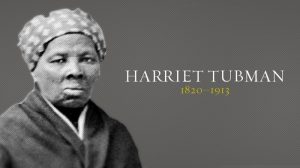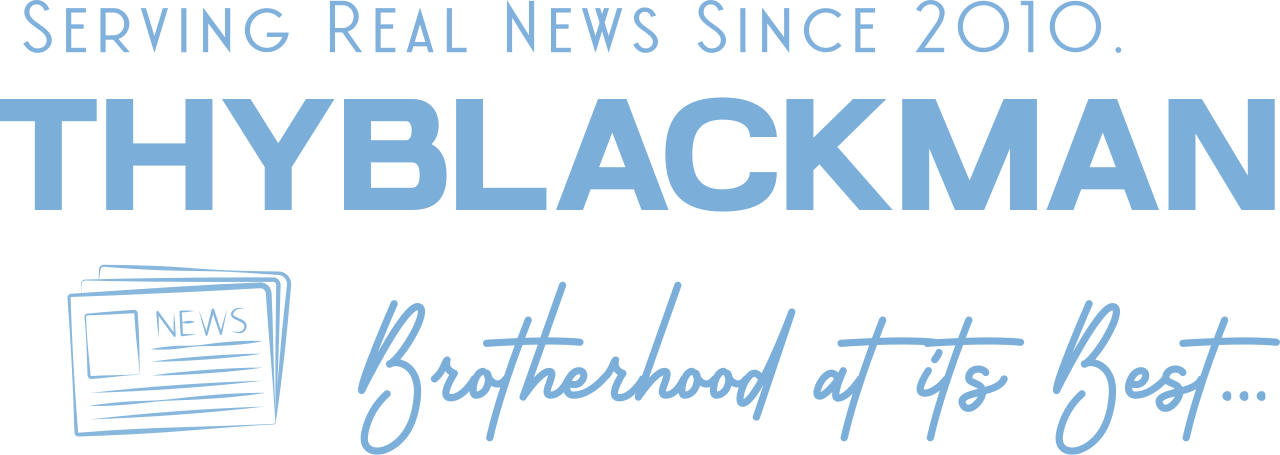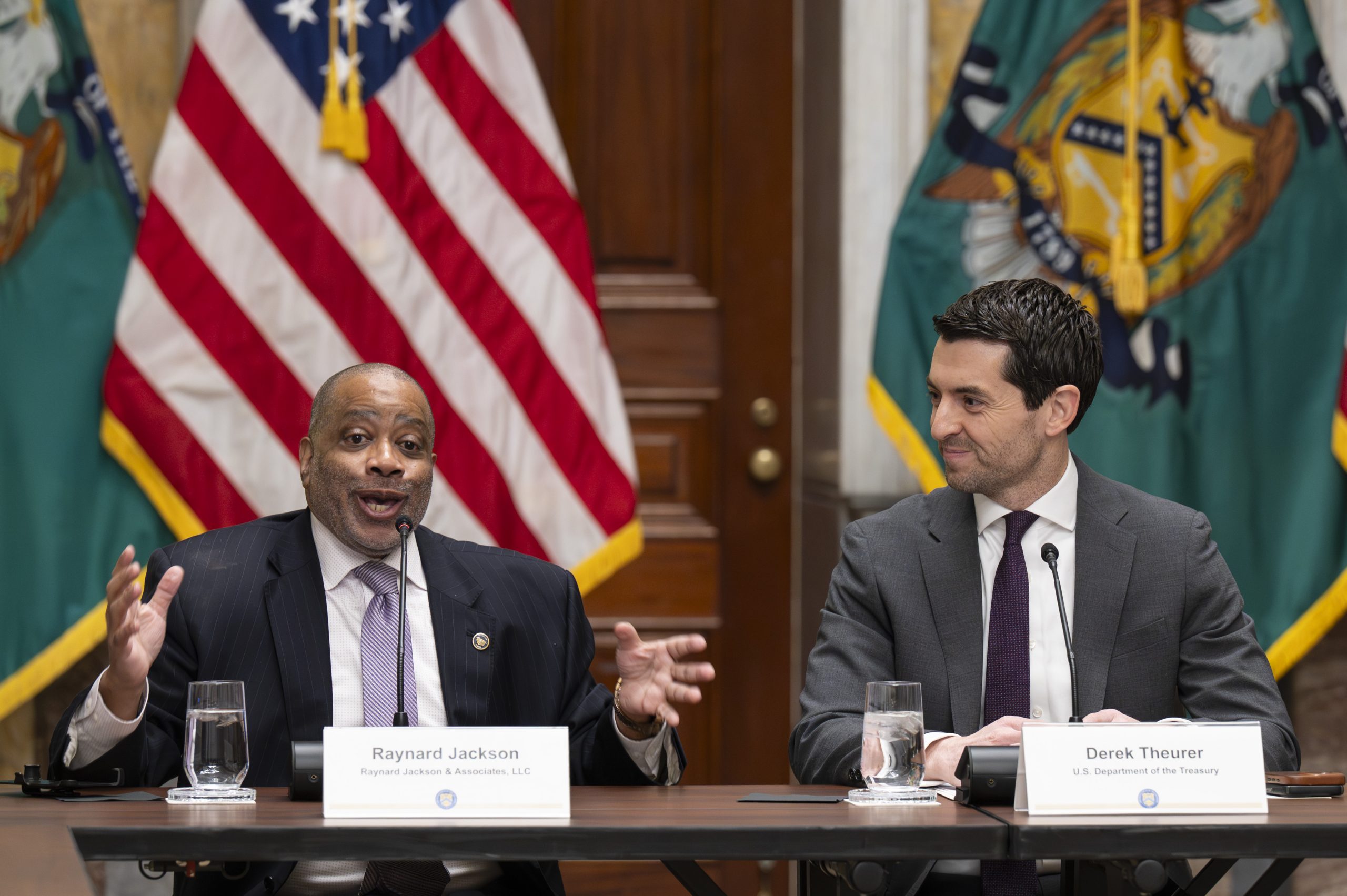(ThyBlackMan.com) When Treasury Secretary Jacob Lew announced that Harriet Tubman would grace the new $20 bill, my heart sang hallelujah. Additional changes to the currency were also announced. The back of the $10 will now recognize the five leaders of the women’s suffrage movement and the back of the $5 bill to recognize civil rights leaders, and honor historic events from the Lincoln Memorial. The faces on our money will no longer be all pale and male, and that’s progress.
It is especially fitting that Harriet Tubman grace the $20, since she was an economic freedom fighter. She is credited with ushering more than 300 people out of enslavement, many of them family members from the state of Maryland. She hit slaveholders in the pocketbook, costing them billions of today’s dollars. If the average enslaved person sold for $1000 (which is about right for 1860), then the 300 she freed cost $300,000 in 1860 dollars, or about $8.8 billion in today’s dollars. That’s quite a blow for a slaveholding society to absorb. Every time an enslaved person ran away, they struck a blow for freedom, and a blow against the economic stability of the South.
billion in today’s dollars. That’s quite a blow for a slaveholding society to absorb. Every time an enslaved person ran away, they struck a blow for freedom, and a blow against the economic stability of the South.
Enslavement was at the root of the development of contemporary US capitalism. Black lives were the collateral that plantation owners used to purchase more land, to purchase more slaves, to purchase equipment, to expand. Enslaved people were, in many ways, a form of currency. Harriett Tubman gracing the $20 makes perfect sense.
The new $10 is supposed to be available in 2020, nearly four years from now. The new $20 may not be available until 2030. The design and production schedule have to be approved by the Federal Reserve Board. That shouldn’t be much of a challenge – Fed Chairman Janet Yellen has hailed the decision to put Harriet Tubman on the $20, and many have applauded the other elements of currency design. Perhaps the Fed can be lobbied to speed the production schedule up. I can’t wait to cash a check and ask for my money in “Harriets”.
As exciting as the currency design is, it is a symbolic, not a substantive change. Real change would close the income gap between men and women. Real change would close the racial economic gap. Real change would take a look at the reparations issue. In this last year of his Presidency, President Obama could use his executive order to appoint a commission to look into issues of racial economic justice. He could make an amazing, if belated, contribution by bringing the reparations issue to the economic forefront. The Black Lives Matter community has raised the reparations issue with both Democratic Presidential candidates Hillary Clinton and Bernie Sanders. President Obama would do his successor a favor by starting the public work on this key issue.
I suppose we have to reconcile ourselves to progress at a snail’s pace, to symbolism, not substance. Still, the image our economic freedom fighter on the twenty-dollar bill will be inspirational for all of us, especially for the young people who don’t know all of the sordid details of our history of enslavement. I hope that as we talk about Harriet Tubman on the money, we also talk about the economic impact she had on the institution of slavery by freeing those 300 people. This is part of the history we must never forget, and Tubman’s presence on the $20 will help us to remember.
The most exciting thing about the presence of Harriet Tubman on the $20 is way change came about. The public was engaged. Hundreds of thousands of people signed petitions, and participated with some of the online polls that various groups sponsored. The Treasury Secretary asked for public input, and he got it! He says he was surprised about the amount of input that he got. He should not have been. Both women and men were passionate about changing symbols of supremacy, ridding the currency of Andrew Jackson whose role in the oppression of Native Americans was shameful, including women on the currency. Perhaps this passion of symbolism can be converted in passion for substance. Perhaps we can use currency change to trigger a substantive movement for economic justice.
Written By Julianne Malveaux
FB Page; http://facebook.com/julianne.malveaux

















Leave a Reply